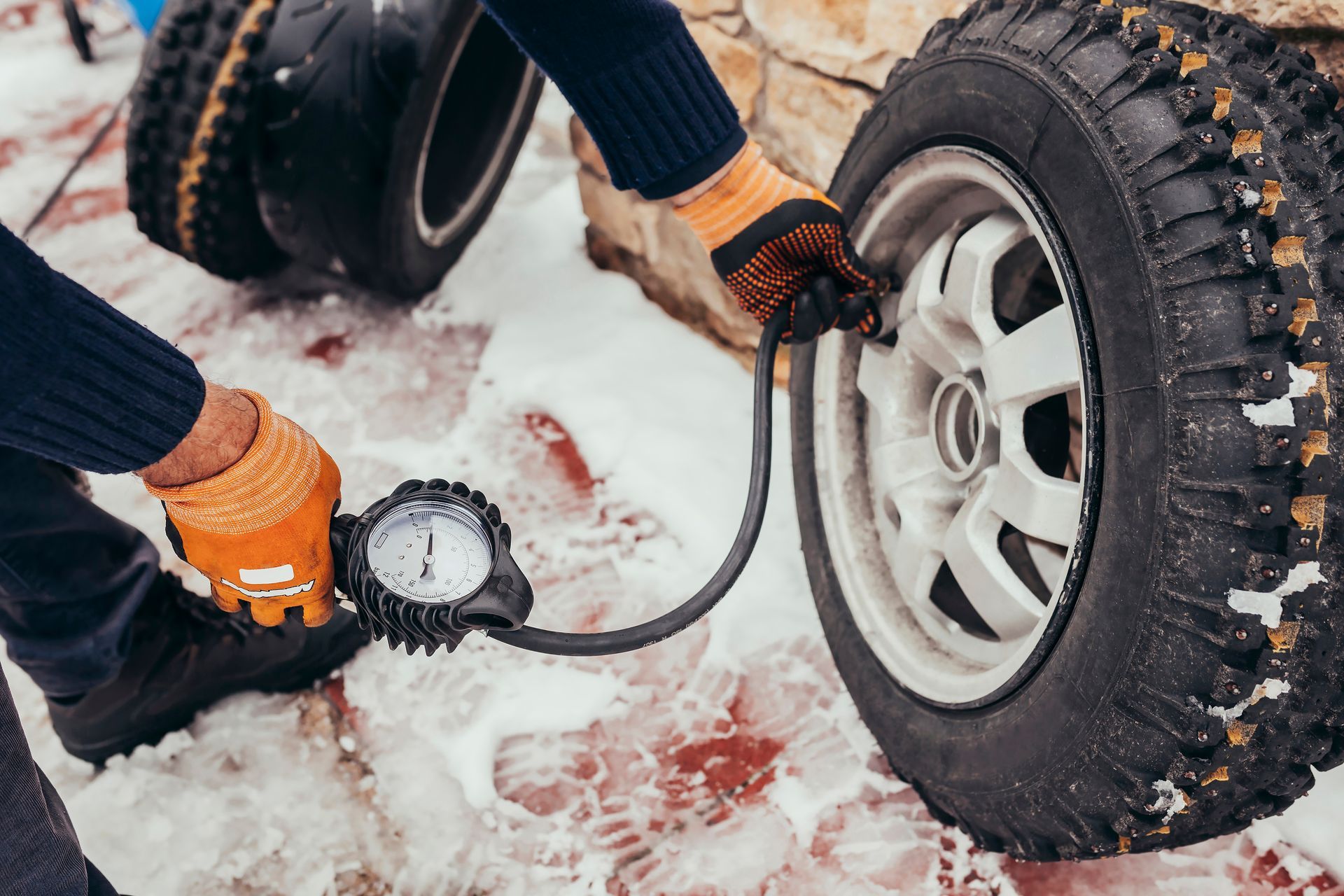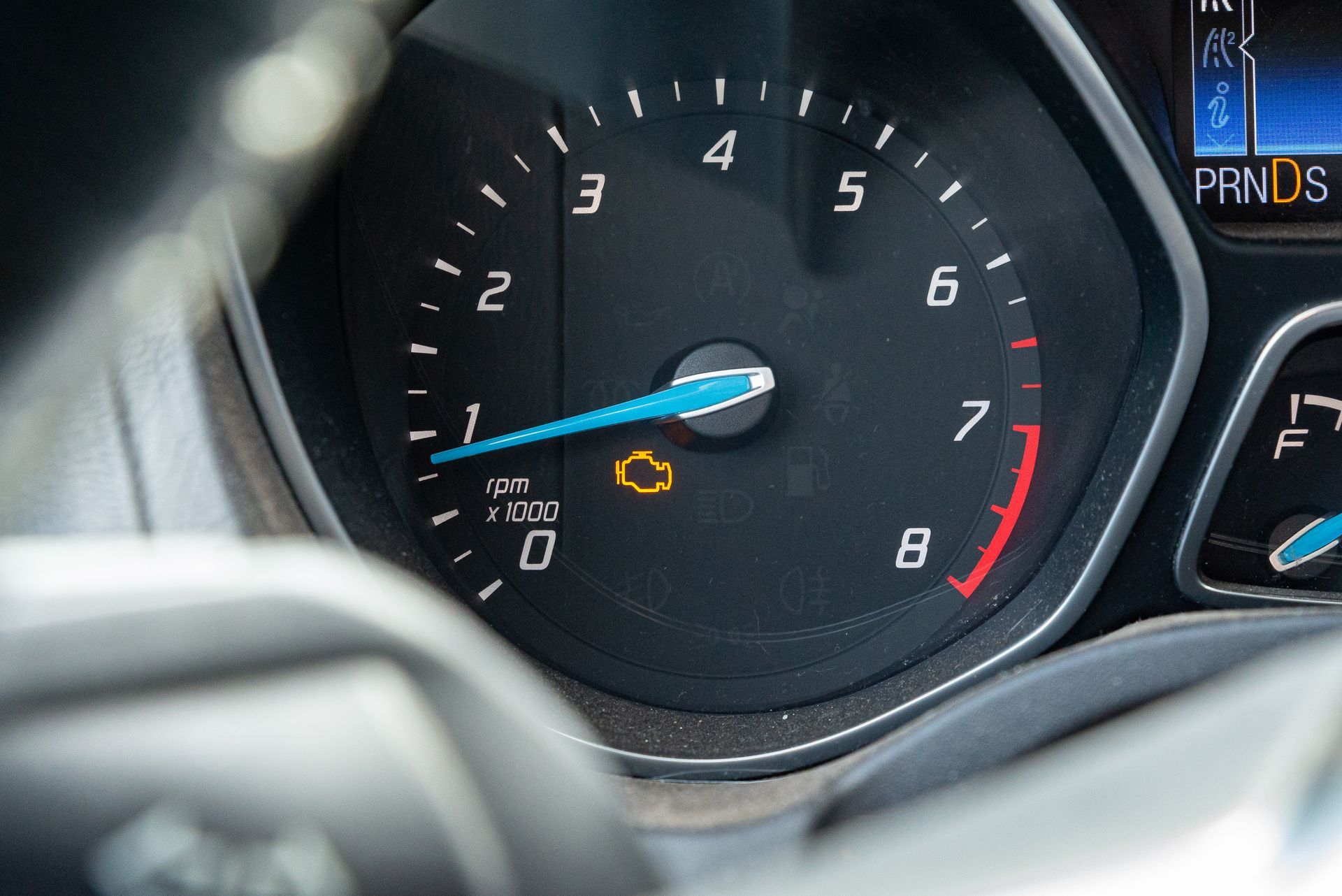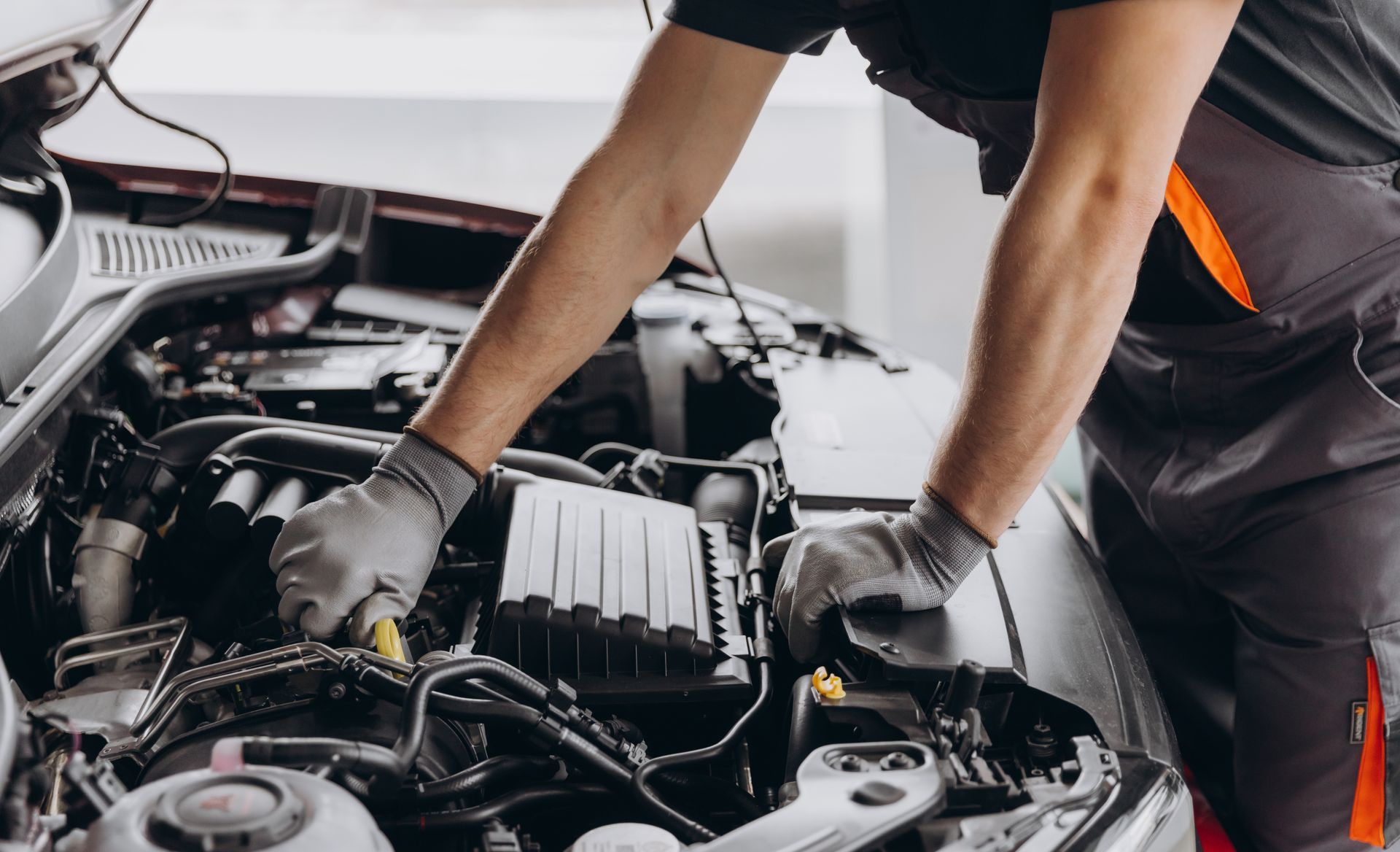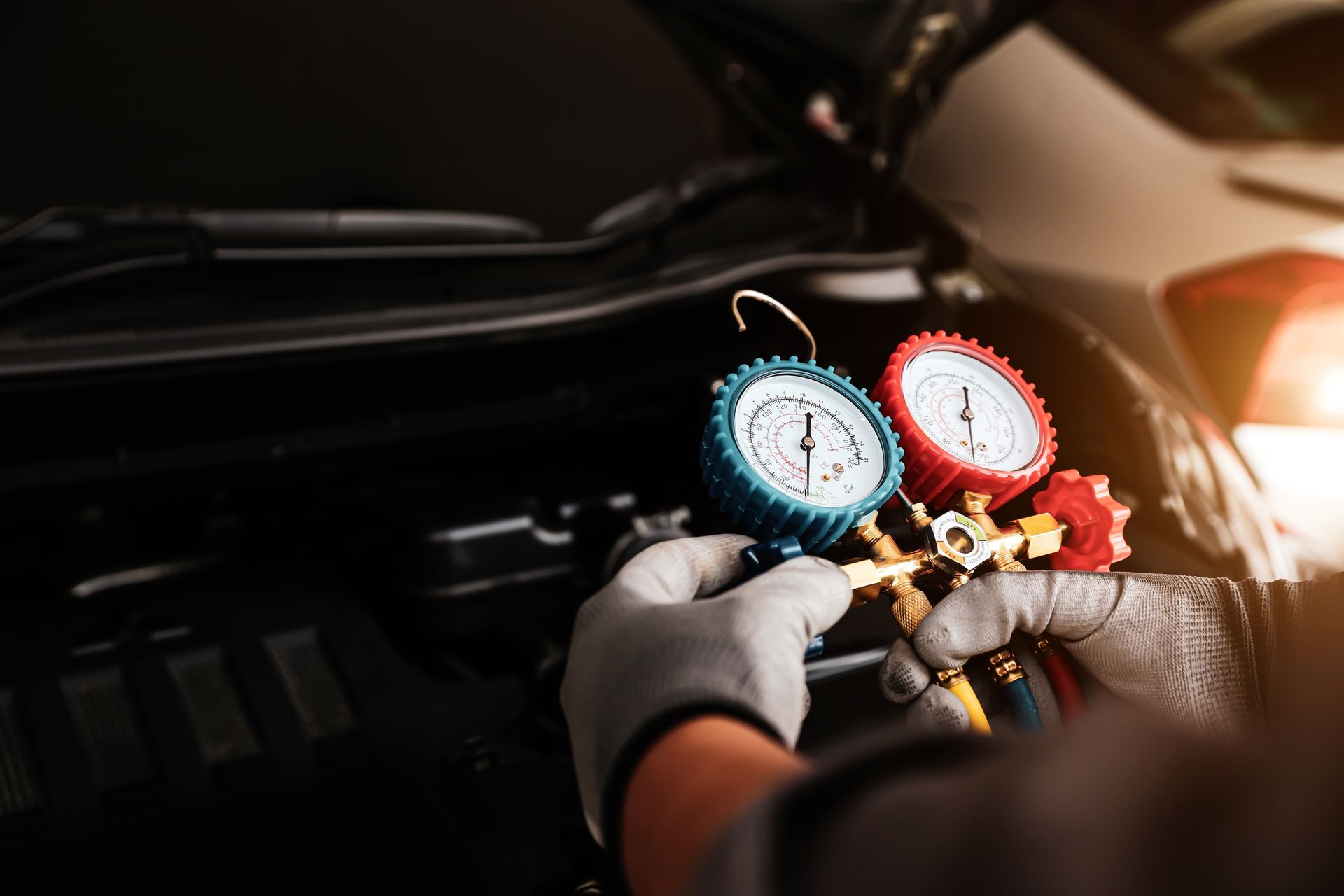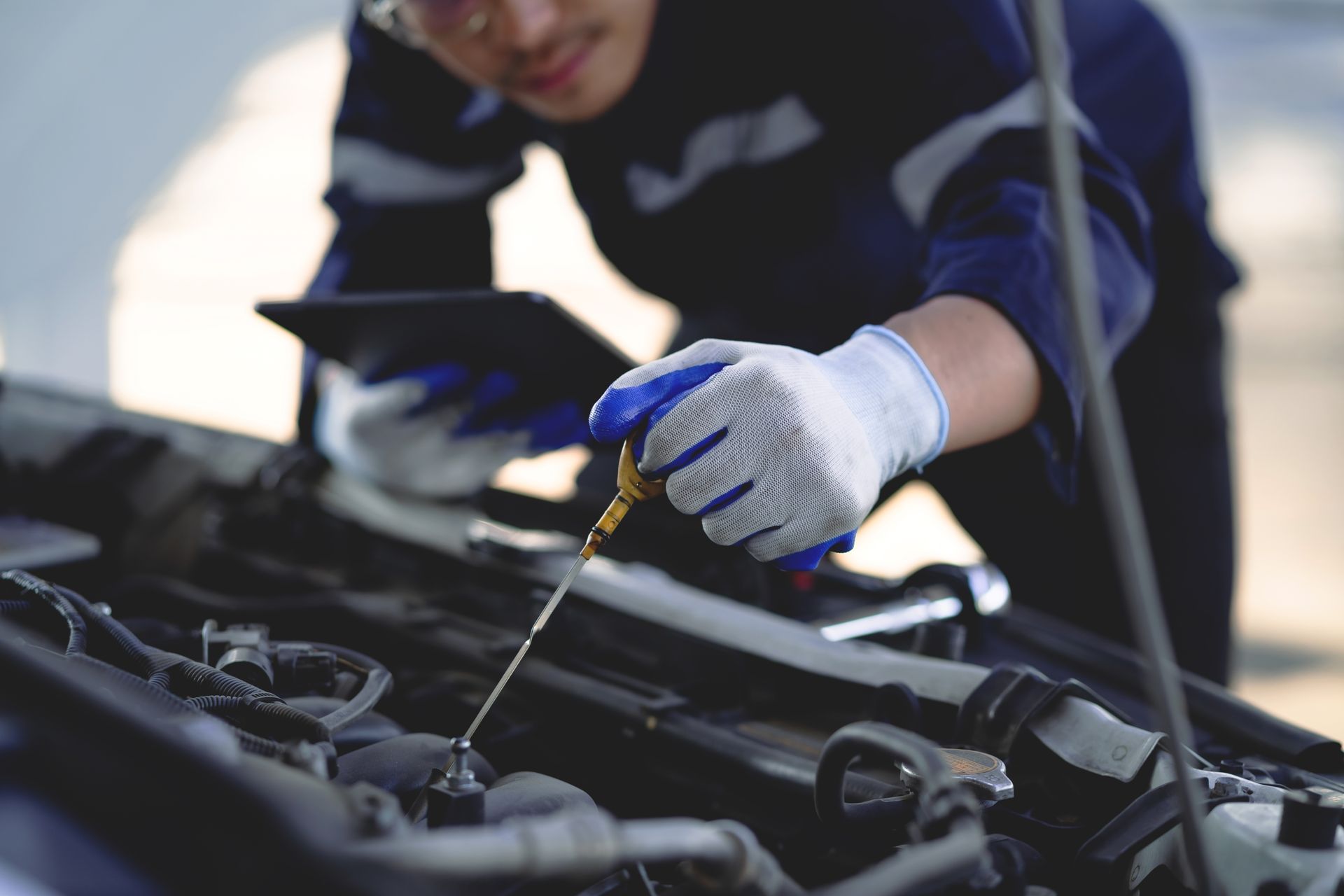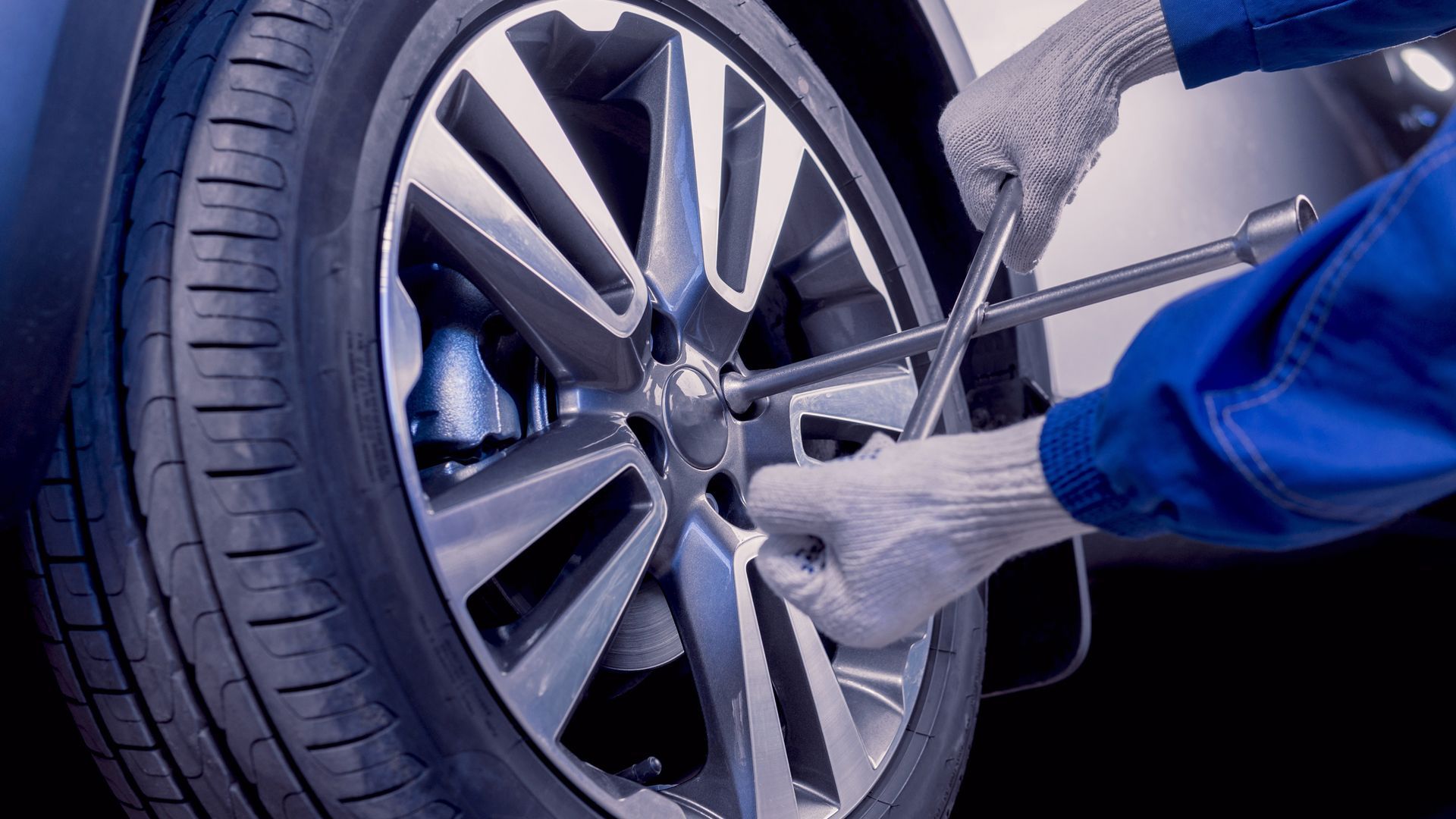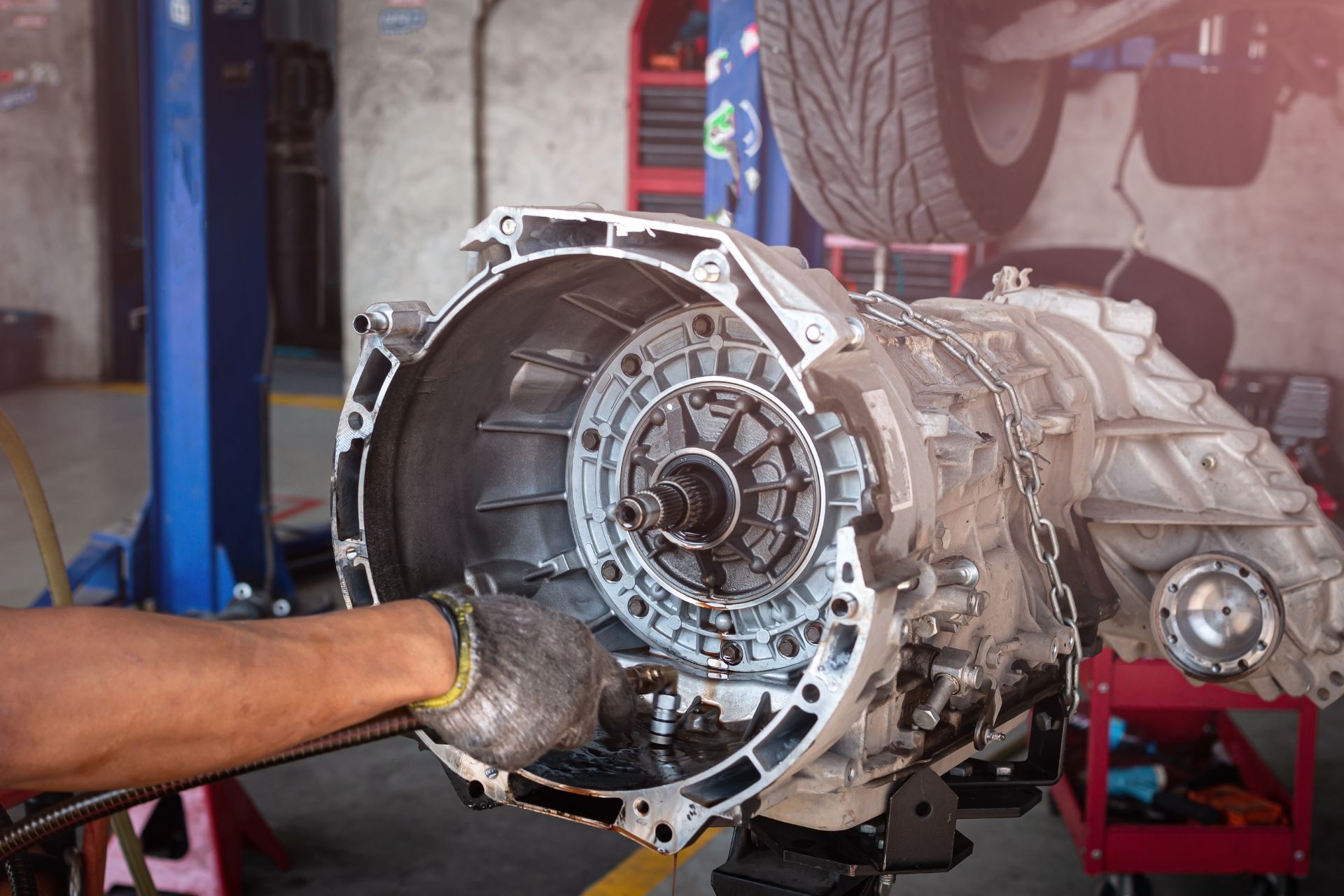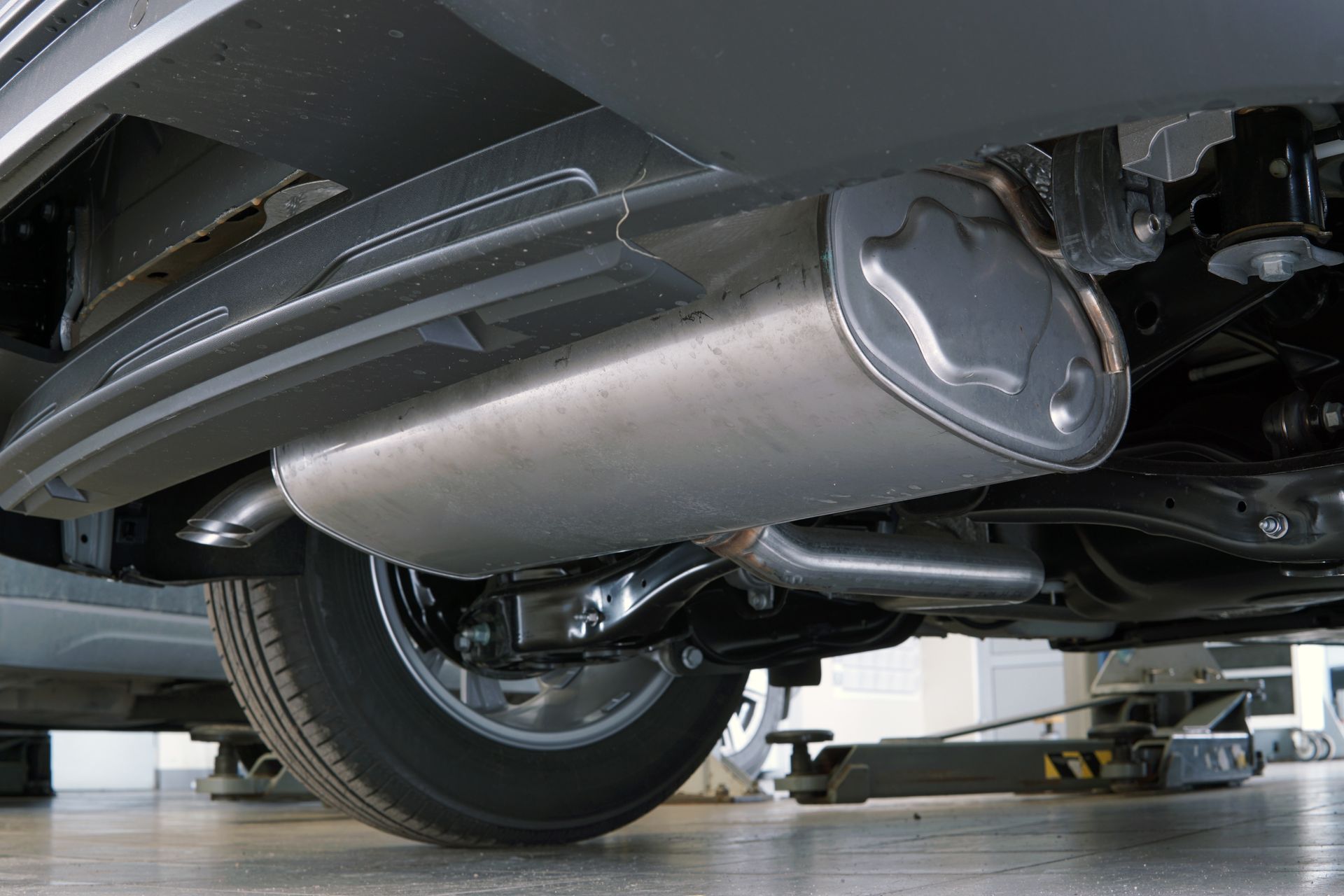Tire Pressure Troubles: What to Do When the Air Gets Low
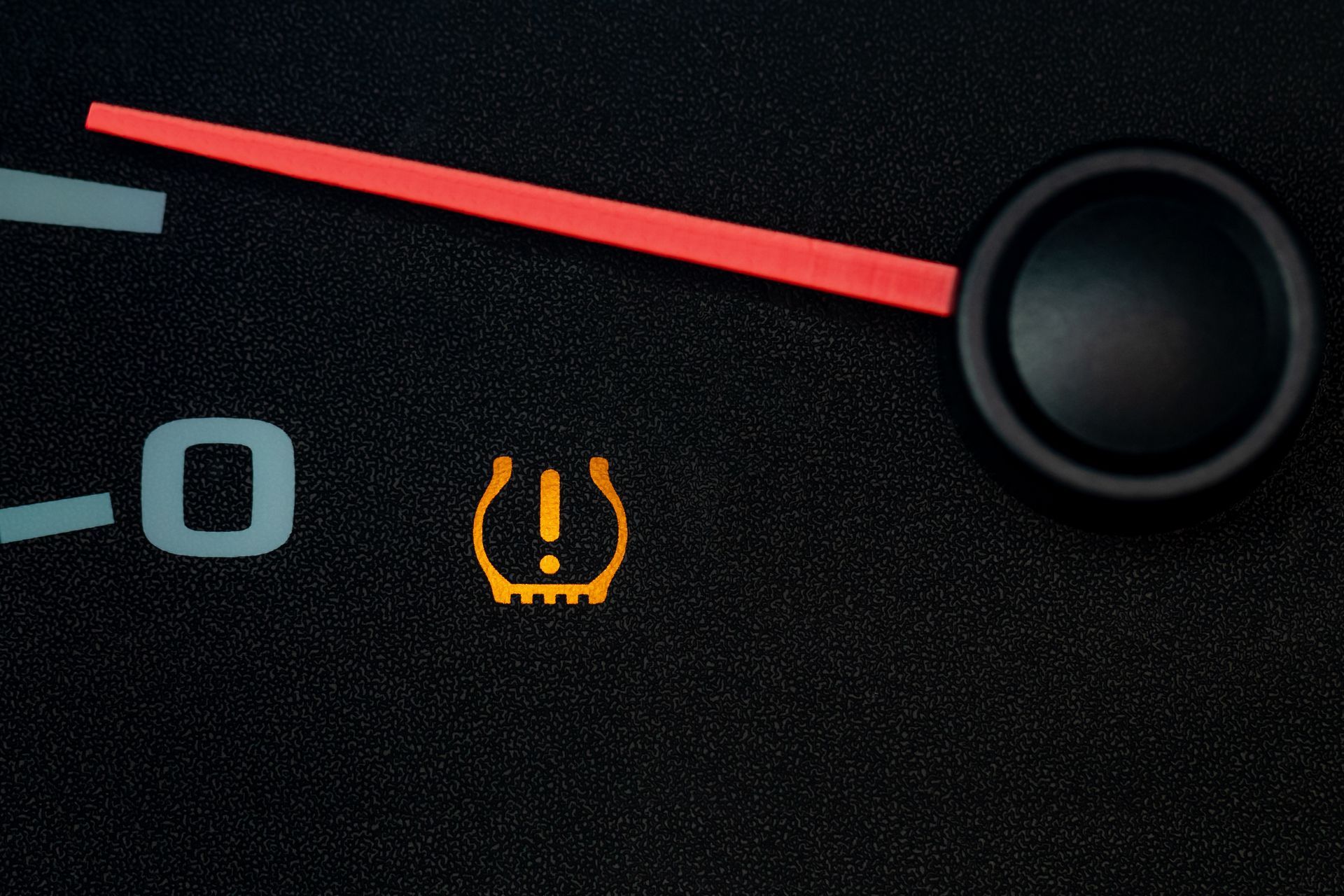
Don't you hate it when you get in the car, ready to hit the road, and you see that dreaded tire pressure light glaring at you from the dashboard? A sudden drop in tire pressure can be a frustrating and potentially dangerous situation. However, with a little knowledge and preparation, you can handle it safely and get back on the road with confidence. Here's what you need to do when your tire pressure drops:
1. Check the Tire Pressure
Use a reliable tire pressure gauge to check the pressure in all four tires. Compare the readings to the recommended pressure, which can usually be found on a sticker inside the driver's side door jamb or in your vehicle's owner's manual.
2. Identify the Cause
If the tire pressure is significantly low, try to identify the cause. Look for any visible signs of damage, such as nails, screws, or cuts in the tire. Also, check the valve stem for any leaks or damage.
3. Take Action Based on the Cause
- Slow Leak: If you suspect a slow leak, you may be able to temporarily inflate the tire with a portable air compressor or visit a nearby gas station to add air. However, it's important to have the tire repaired or replaced as soon as possible to avoid a flat tire.
- Puncture: If you find a puncture in the tire, it's best to avoid driving on it. If you have a spare tire and the necessary tools, you can carefully change the tire yourself. Otherwise, call for roadside assistance.
- Valve Stem Leak: If the valve stem is leaking, you may be able to temporarily stop the leak by tightening the valve cap or replacing the valve core. However, it's recommended to have the valve stem repaired or replaced by a professional.
4. Drive Cautiously
If you're able to temporarily inflate the tire, drive cautiously to the nearest tire repair shop or service station. Avoid high speeds and sudden maneuvers.
Prevention Tips:
- Check Tire Pressure Regularly: It's recommended to check your tire pressure at least once a month and before long trips.
- Inspect Tires for Damage: Regularly inspect your tires for signs of wear and tear, including cuts, bulges, or uneven tread wear.
- Maintain Proper Tire Inflation: Keeping your tires properly inflated can improve fuel efficiency, handling, and tire longevity.
Remember:
- Don't Ignore Low Tire Pressure: Driving on a significantly underinflated tire can cause tire damage, reduce fuel efficiency, and increase the risk of a blowout.
- Be Prepared: Keep a tire pressure gauge, portable air compressor, and spare tire (if applicable) in your vehicle.
- Seek Professional Help: If you're unsure about the cause of low tire pressure or how to fix it, don't hesitate to seek professional assistance.
By following these tips, you can handle low tire pressure situations safely and efficiently, ensuring a smooth and worry-free driving experience.

